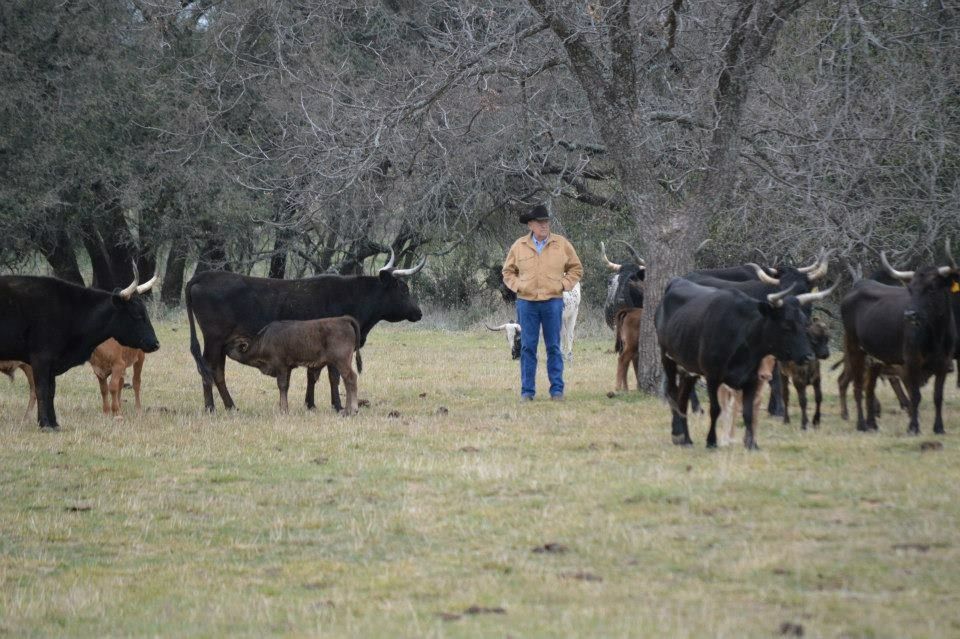Corriente History
The Corriente cattle (also known outside the U.S. as either “Criollo” or “Chinampo”) can be traced back to the first cattle brought to the New World by the Spanish as early as 1493. These hardy cattle were able to withstand the ocean crossing and adapt to their new land. They were brought to the West Indies and South Florida, as well as Central and South America. Over the centuries, the descendants of these cattle were bred for different purposes – milk, meat and draft animals. The Corrientes also have adapted through natural selection to various regions in the Americas. Eventually, their descendants spread across the New World. It has been estimated that in the early 1800s an excess of five (5) million head were the predominate “wild horned cattle” located primarily in Texas in the U.S. Commencing in the 1880s and thereafter, most ranchers in the Western U.S. commenced cross breeding the “wild horned cattle” with the imported European and other breeds. Thus, by the early 1900s, pure descendants of the original Spanish cattle almost disappeared. However, some managed to survive with little human care or intervention in remote areas of Mexico, Central and South America, and in very limited numbers in some areas of the southern U.S..
Corrientes in present days, are primarily raised for recreation or sports cattle for timed event (steer roping, team roping and steer wrestling) competitions. Maintenance of the breed preserves such natural attributes as high fertility, early maturity, trouble-free calving, and foraging efficiency, as well as disease and parasite resistance; since, for the most part, the herds are located in latitudes where they have existed for more than 600 years. This unique cattle breed differs greatly in conformation, behavior, demeanor and hardiness from cattle raised only for meat, i.e. corriente cattle have not been genetically modified to fit the current commodity beef market.

